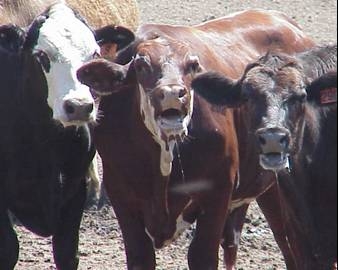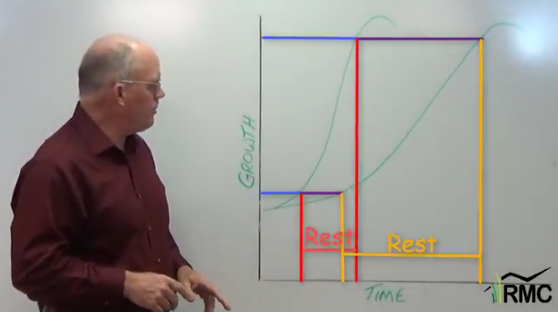This article is drawn from a release originally written by Jenny Seifert of University of California, Santa Barabara.

Researchers at the University of California – Santa Barbara revealed a clear link between the economic health of ranches and maintaining habitat for the greater sage grouse, a bird that has been the focus of public land policy debates for years. The study, led by UC Santa Barbara’s National Center for Ecological Analysis and Synthesis (NCEAS), shows that policies that restrict grazing on public lands may increase sage grouse habitat loss. The reason – such restrictions reduce ranch profitability and encourage ranchers to sell their private lands for other uses, such as cropping or housing developments, that would destroy critical grouse habitat.
“When it comes to a choice between ranching, farming or housing in the West, sustainable ranching is the most compatible with wildlife,” said lead author Claire Runge, who was a postdoctoral researcher at NCEAS when the research was conducted and is now a research scientist at the University of Tromsø — The Arctic University of Norway. “Implementing policy that makes it harder for ranchers to keep going could result in land conversions that are bad news for sage grouse and other sagebrush species.”
Sage grouse rely on both public and private lands throughout their lifecycles. More than half of their total habitat is on public lands, which include the dry sagebrush uplands where they breed, nest and overwinter.

In fact, while sage grouse are not listed as an endangered species, they are considered the canary in the coal mine for sagebrush ecosystems, which are home to more than 350 other plant and animal species.
“If you have sage grouse, you have intact, healthy sagebrush habitat,” said co-author David Naugle, a professor at the University of Montana and science advisor for the U.S. Department of Agriculture’s Natural Resources Conservation Service Working Lands for Wildlife.
In the summer, the grouse rely on productive, private ranchlands for 75 percent of the lower, wetter habitat they need for raising and feeding their chicks. Losing these private lands to crops or subdivisions would threaten chick survival, which can make or break many grouse populations.

As the saying goes — and as this study shows — what’s good for the bird is also good for the herd. Ranchers also rely on public and private lands for forage, and curtailed grazing on public lands limits available forage. According to the study, these restrictions could strain ranch profitability and eventually force ranchers to sell their lands to those more profitable pursuits that are not suitable for sage grouse.
“By keeping people ranching, we get wins for those communities — they’re healthier and more vibrant — and we get a win for conservation, because we get healthy rangelands and healthy populations of sage grouse,” said Runge.

Sage grouse are already experiencing a “slow drip” of habitat loss due to land conversions, which is just one of several threats the birds face. Restricting grazing would add to this slow drip — the authors calculate that curbing grazing on public land by 50 percent could result in a loss of over 429,000 acres of grouse habitat by 2050, in addition to the 2.1 million-acre loss expected even if grazing goes unrestricted.
The results indicate the importance of anticipating how public land policies intended to conserve biodiversity will affect people, especially ranchers, and the choices they might make for their private lands as a result.
“Every action has a reaction, and when you change something on public lands, it influences private lands and vice versa,” said Naugle.
According to co-author Joe Fargione, science director for The Nature Conservancy’s North American region, their findings validate the increasing recognition that ranchers and conservationists must partner to support healthy sagebrush ecosystems for cattle and sage grouse, and open the door to creative solutions that take a more balanced approach.
“There is a middle ground,” said Fargione. “Public policy should manage to protect resources on public lands, while also supporting ranchers in their stewardship of habitat on both public and private lands for the West’s iconic wildlife.”




